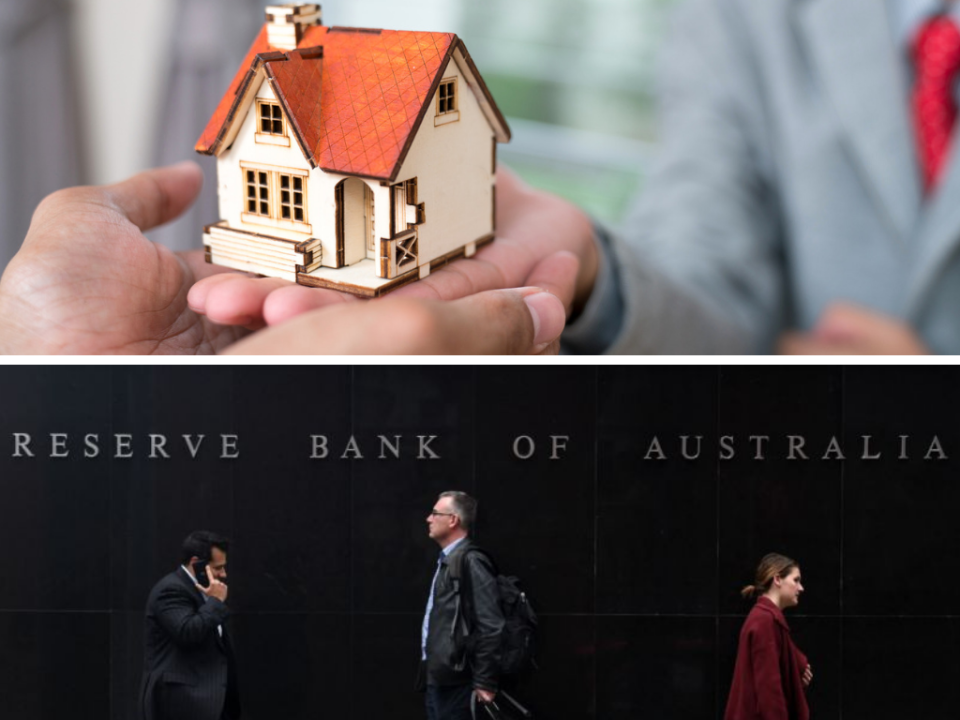What will happen to your mortgage if the Reserve Bank hikes rates?

Economists across Australia have speculated when the Reserve Bank of Australia will hike the nation’s official cash rate – it’s been about two and a half years since the RBA last made a move.
Most have said that the RBA won’t hike until the second half of 2019, while economists like AMP Capital’s Shane Oliver surmises that the RBA may actually cut rates.
Meanwhile, RBA governor Philip Lowe himself stated in August that “the next move in official interest rates will be up, not down”.
So what can you do to protect your mortgage when the interest rates do move up?
According to Domain Loan Finder broker Andrew Liston, you can do one of four things: get a fixed-rate mortgage; split the mortgage; revisit your broker; and make contingency plans.
1. Get a fixed-rate mortgage
If you’re not comfortable with the state of the market and you’re anticipating a rise in the future, a good option would be to lock in your rates with a fixed-term mortgage, Liston told Domain.
You can typically fix loans for anywhere between one year to about five years.
However, switching to a fixed product may mean you can’t make extra repayments or pay out the loan faster. That’s because lenders generally want to lock in the profits from future interest payments.
2. Get a split mortgage
Are you torn between fixed rate and variable rate home loans? Don’t be; have both.
“Many people don’t realise that you can split a loan – so a percentage is fixed and a percentage is variable,” Liston explained.
“You might put 60 or 70 per cent of the loan on fixed, and the rest is variable. So if even if variable rates do go up, at least you’ve got a portion of the loan that you can aggressively pay down or try to reduce.”
Liston also warned Aussies to shop around, ensure the interest was competitive, and read the fine print.
3. Go through a broker again
If you went through a broker to get a home loan but have decided to switch from a variable to fixed loan, it’s a good idea to go back to that same broker.
“Even if we take you back to your same lender we can still apply for pricing discounts and fee waivers,” Liston pointed out.
“We can try to get your rate discounted – the amount will be influenced by your behaviour as a customer, for example, if you make your repayments on time and by the size of your loan – the larger it is, the more the banks are willing to discount it.”
4. Make contingency plans
What can and can’t you afford? Assess your cash flow and calculate what interest rises you can accommodate for, and plan around that.
Either way, count your blessings – whatever the RBA hikes interest rates to, it won’t be anywhere as high as Argentina, where the interest rate is 58.11 per cent (at time of writing).
Make your money work with Yahoo Finance’s daily newsletter. Sign up here and stay on top of the latest money, news and tech news.
Read next: ‘We’ve identified a number of issues’: Opal Tower report inconclusive
Read next: Why Canberra is now the most expensive city for renters
Read next: Does Australia need more people? We don’t seem to think so

 Yahoo Finance
Yahoo Finance 